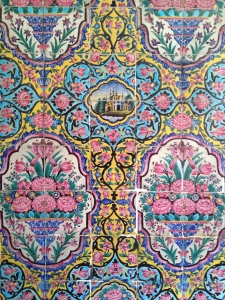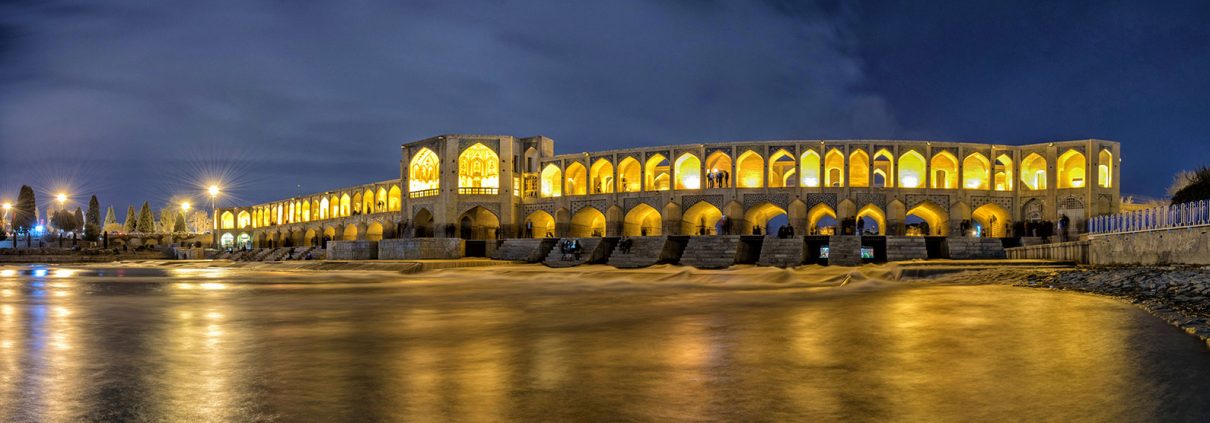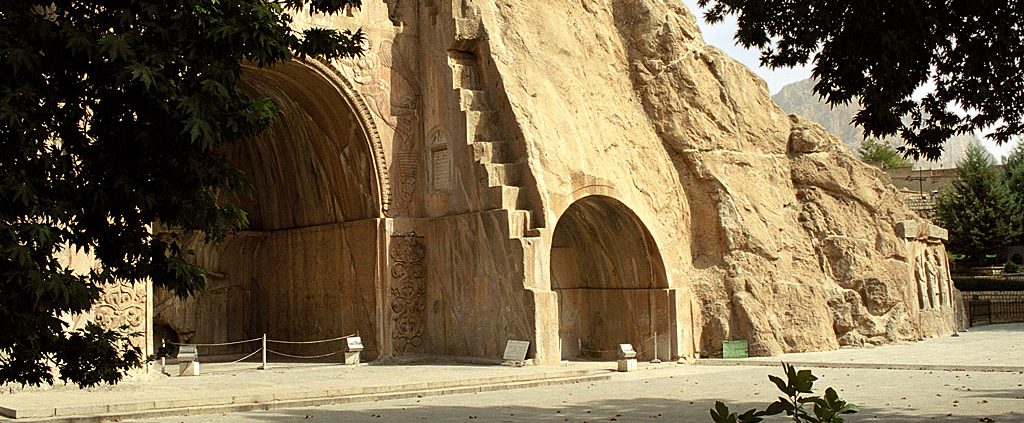Shiraz with its Persepolis and Hafiz tomb
-Yazd Jame mosque, with highest Minaret Irans
-Isfehan and Naghseh Jahan square
-Archeology museum in Tehran
ISFAHAN
Lorem ipsum dolor sit amet, consectetur adipiscing elit. Aliquam egestas a nulla a molestie. Duis a sapien ac orci dictum sodales. Vivamus vitae feugiat elit. Fusce a eros laoreet, bibendum lectus id, euismod nulla.
TEHRAN
Lorem ipsum dolor sit amet, consectetur adipiscing elit. Aliquam egestas a nulla a molestie. Duis a sapien ac orci dictum sodales. Vivamus vitae feugiat elit. Fusce a eros laoreet, bibendum lectus id, euismod nulla.
SHIRAZ
Lorem ipsum dolor sit amet, consectetur adipiscing elit. Aliquam egestas a nulla a molestie. Duis a sapien ac orci dictum sodales. Vivamus vitae feugiat elit. Fusce a eros laoreet, bibendum lectus id, euismod nulla.
Vank church, Isfahan
The cathedral was established in 1606, built by the hundreds of thousands of Armenians who were forcibly resettled by Shah Abbas I in his new capital as part of his scorched-earth policy in Armenia during the Ottoman War of 1603-1618.[1]
The varying fortunes and independence of this suburb across the Zayande River and its eclectic mix of European missionaries, mercenaries and travelers can be traced almost chronologically in the cathedral’s combination of building styles and contrasts in its external and internal architectural treatment.
COMPLETED
Groundbreaking
Nasir-ol-Molk Mosque
The mosque was built during the Qajar dynasty, and is still in use under protection by the Endowment Foundation of Nasir al Molk. Construction began in 1876 by the order of Mirza Hassan Ali Nasir-ol-Mulk, one of the lords and aristocrats of Shiraz, the son of Ali Akbar Qavam al-Mulk, the kalantar of Shiraz and was completed in 1888. The designers were Mohammad Hasan-e-Memār, a Persian architect who had also built the noted Eram Garden before the Nasir al-Molk Mosque, Mohammad Hosseini Shirazi, and Mohammad Rezā Kāshi-Sāz-e-Širāzi.
Completed
Construction began in
Tours
Dowlatabad Garden
The garden was created in 1747 by Mohammad Taghi Khan Bafqi who was in charge of Yazd after Nader Shah‘s death. He began the construction by ordering a 65 kilometers long Qanat with 5 root branches to be made to transfer water from Mehriz to the site. Then he constructed his residence and the seat of his government in the garden. The garden fell into ruins after the death of its original owner in 1793. Currently the garden is irrigated using a semi deep well as the Qanat no longer provides water for the garden
MAIL US
Hamedan, Avecina tomb
-Kermanshah and Bisotun
-Susa, winterresidence of Achaemenide dynasty
-Shiraz with its Persepolis and Hafiz tomb
-Yazd Jame mosque, with highest Minaret Irans
-Isfehan and Naghseh Jahan square
-Archeology museum in Tehran
Shiraz with its Persepolis and Hafiz tomb
-Yazd Jame mosque, with highest Minaret Irans
-Isfehan and Naghseh Jahan square
-Archeology museum in Tehran










